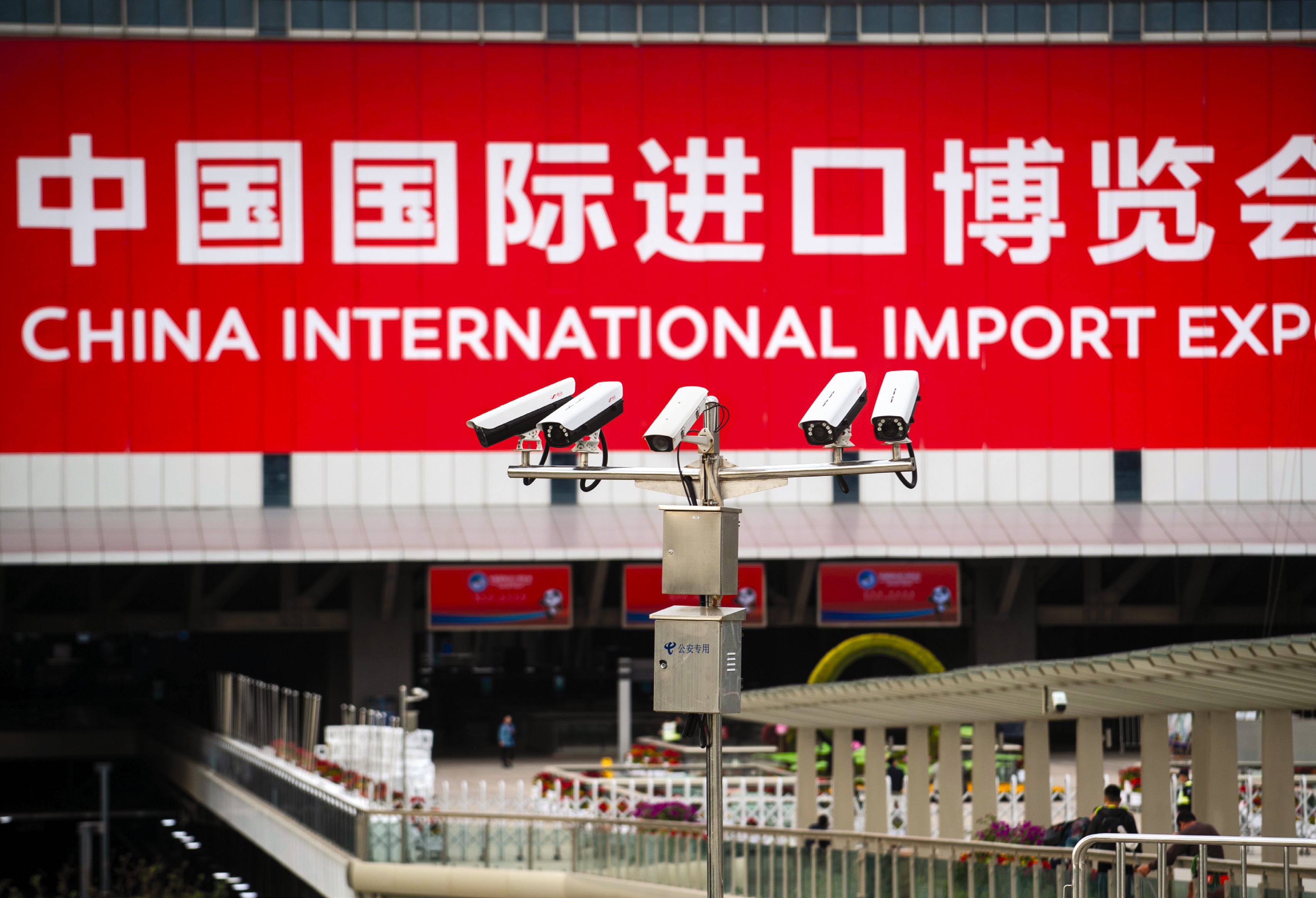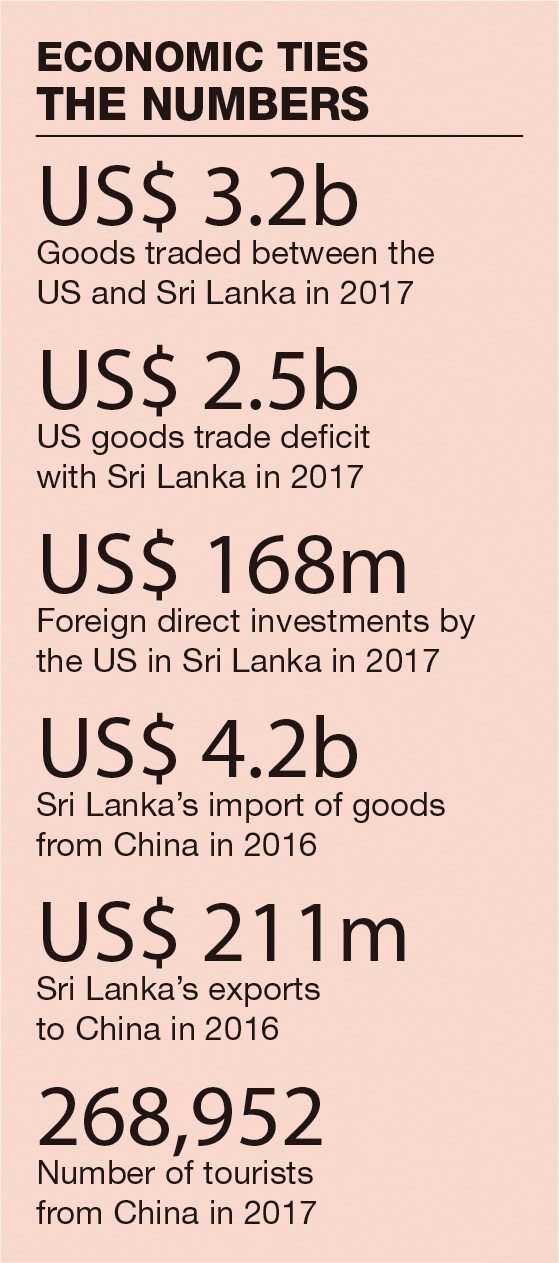LMD ARCHIVES
LMD DECEMBER 2018
THE TRADE WAR COUNTING THE COST OF CONFLICT
Zulfath Saheed weighs the impact of the Sino-US trade war on the Sri Lankan economy
The truly global nature of the world economy was brought into focus when the government of US President Donald Trump launched an all-out trade war with America’s major adversary China earlier this year.
This was hardly surprising given Trump’s election campaign promise to fix China’s “longtime abuse of the broken international system and unfair practices.” And the ongoing trade war has led to new and multiplying tariffs on goods traded between the world’s two largest economies.
Of course, the question on everyone’s mind is whether this state of affairs would in any way impact the performance of the local economy, connected as it is with the global picture.
SEQUENCE OF EVENTS It all began in January when the United States imposed a tariff on solar panel imports, the majority of which are manufactured in China. Then on 6 July, it targeted China by imposing a 25 percent tariff on US$ 34 billion worth of imported Chinese goods. And China in turn responded by imposing tariffs on American products.
A tariff on another 16 billion dollars’ worth of Chinese imports was introduced in mid-August with China responding in kind. This was followed by a further tariff on Chinese goods worth 200 billion dollars, which came into effect on 24 September. And once again, China responded by announcing tariffs on American goods valued at US$ 60 billion.
At the time, the Trump administration argued that the US tariffs were required to safeguard the intellectual property of businesses in America as well as help reduce its trade deficit with China.
In August last year, Trump had already opened a formal investigation into attacks on the intellectual property of America and its allies, the theft of which is said to have cost the United States an estimated US$ 225 billion to 600 billion dollars a year.
GLOBAL FALLOUT While the trade war does paint a general picture of uncertainty for the global economy, its impact hasn’t necessarily been negative across the board.
For instance, the Nikkei Asian Review reports that Vietnamese businesses are benefitting from the status quo with American and Chinese companies participating in a survey – published by the American Chamber of Commerce in South China – stating that they have been losing market share especially to Vietnamese corporations as a result of the trade conflict.
“Chinese companies reported also losing sales equally to companies from India, the US and South Korea. For American companies by contrast, Germany and Japan were the next keenest rivals,” the news report reveals.
Meanwhile, the Asian Development Bank (ADB) has cut its 2019 growth forecast for emerging Asia to 5.8 percent (from 5.9%). The ADB cites the trade conflicts, observing that the impact does not affect all countries in the same way “as trade is redirected within global supply chains to economies producing similar goods, benefitting in particular Southeast Asia.”
CHINA LOSES STEAM The Chinese economy appears to have lost steam in the face of the intensified trade conflict with the US. A Bloomberg Economics gauge that aggregates the earliest available indicators on business conditions and market sentiment points to a deceleration in the Chinese economy during October.
According to Bloomberg, “what happens to China’s economy in the fourth quarter of this year will be closely watched with attention on whether the government can keep the pace of growth stable without a renewed surge of debt. While performance in the third quarter ticked down, much of the effect of the trade war and slowdown is still to be felt.”
Furthermore, many investment banks and global lenders such as the IMF have lowered their 2019 growth forecasts for China on the back of the trade war.
LOCAL PROSPECTS While pointing out that the ongoing trade war does not pose an impending threat to the island’s trade performance, analysts note that economic tensions between the US and China could result in Sri Lanka obtaining further investment in manufacturing activities. This is because businesses may look to restructure their supply chains to include locations where they can escape increased tariffs.
To make good on these prospects however, Sri Lanka would have to improve its installed production capacity, address prevailing labour market constraints and ensure that the all-important prerequisite of political certainty is in place.
In addition, Sri Lanka may also do well to fine-tune proposed FTAs with the likes of China – although this would to a large extent depend on the situation on the ground in terms of the political climate as well.





